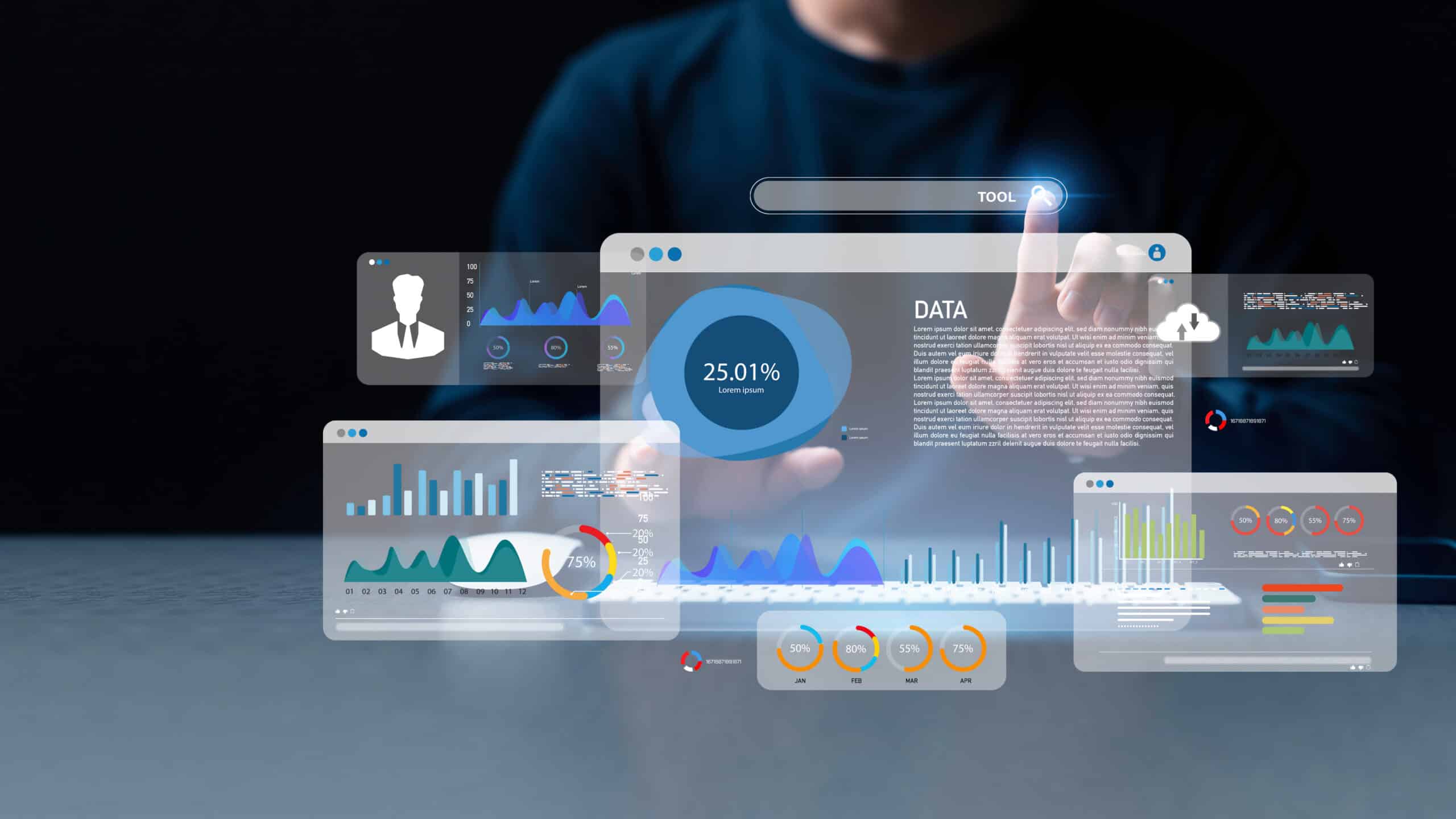How to Master Financial Reports in Microsoft Business Central
Creating unique financial reports is instrumental for your business health and growth. Learn to master your financial reports on Microsoft BC here.
With Microsoft Dynamics 365 Business Central, you have incredible flexibility in creating financial reports. You can create reports tailored to your business needs, maintain them seamlessly, and view financial statements easily. Each business is unique and being able to customize your reports so that you can access up-to-date information at any point allows you to quickly adjust and prioritize.
Business Central includes several reports, tracing functions, and tools designed for auditors and controllers who report to finance departments. Additionally, financial reporting includes dimensions, so account segments are immediately available without the need for other tools or configurations.
Example:
When you first open Business Central, the first screen you see is the role center, which includes cash flow and standard reports such as your chart of accounts with your income statement and balance sheet where all transactions appear when you’re posting.
From the chart of accounts, you can filter by date to perform tasks such as month-end reporting, or reconciliation. You can also compare months.
Using dimensions in Business Central allows you to create enhanced, customized reports easily.
Example:
If you need to track something by department, you can easily set it up:
1. In the Chart of Accounts – select the accounts you wish to have a dimension value on
2. Open Account from the menu
3. Set department as mandatory
a) Values can be selected for only those dimension values allowed for those accounts
This means anyone who makes an entry has to include a department. It prevents entries with missing data.
You can also set some things as default, so that fields are automatically populated. Geographical data for customers is a good example. If it’s set to default, you don’t have to complete the location field for the customer for every entry.

You can use analysis views to set up filters, and dimensions allows for those filters to be prepopulated. For example, if you want a report that shows department and product you can use analysis views to see it easily. Changing the analysis by dimension gives you a completely different analysis tool, and the date filter lets you look at that analysis for whatever time period you need, or to run the report as frequently or rarely as you need. Other common uses for the analysis views tool is to look at customers and projects, so you can easily see project spend by customer.
The main area of the report is Financial Report rows. You can make it as simple or complex as the business requires, from just income, or income broken down by department, and tagged with dimensions so that you can see income and expense per department.
Once your report has been created and you have the column layout (see below), you can pull different information from it. For example, you can view by the day, week, month, quarter, or year by using the date filter, then you can add other dimensions to see different data.
Creating the Row Definitions can be done a few different ways. When creating the Chart of Account each account can be assigned to an Account Category (Asset, Liability, Equity, Income, Cost of Goods or Expense) and a Subcategory (user defined description of the account, i.e. Cash, Sales Income, Payroll expenses). There is a function in Business Central that can be run – Generate Financial Reports. Business Central will create a Retained Earnings, Cash Flow, Balance Sheet and Income Statement row definition for these reports. Any Row Definition can be created using the ‘Insert GL Account’ function or manually typing in a definition.
Along with almost endless flexibility in creating custom reports, you can also make the report look the way you want it to, with the most critical information prominently displayed. Setting up the column layout, the one main layout of the report, to show different information such as actual versus budget, for example, emphasizes various aspects of your data without creating entirely new reports.
You can use Business Central and Excel together easily. From any journal list or worksheet in Business Central you can choose “Open Excel,” then save the information in an Excel workbook. Excel can serve as a backup for essential pages such as your chart of accounts, customer list, vendors, and so on.
With Microsoft Business Central, you have incredible flexibility in creating financial reports. You can create reports tailored to your business needs, maintain them seamlessly, and view financial statements easily. Each business is unique, and being able to customize your reports so that you can access up-to-date information at any point allows you to quickly adjust and prioritize. If you’re looking to take your financial reporting to the next level, contact us today or watch our on-demand demo to see how Business Central can increase the performance of your organization.
Talk to us about how Velosio can help you realize business value faster with end-to-end solutions and cloud services.
"*" indicates required fields